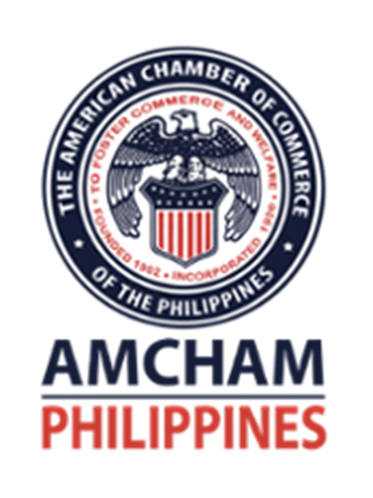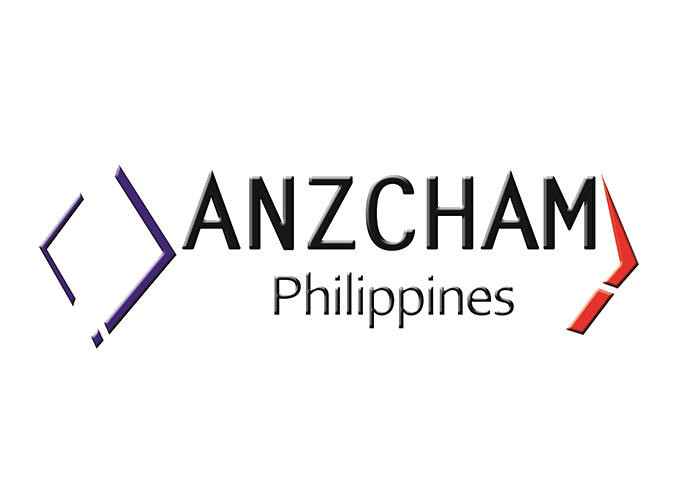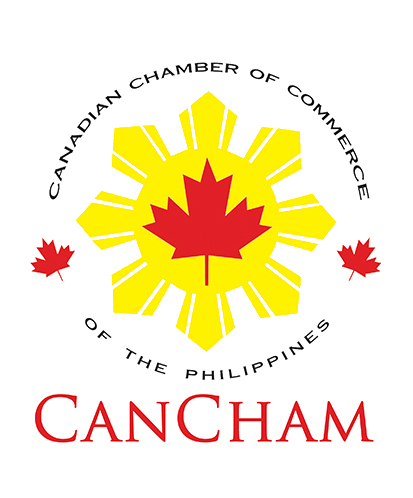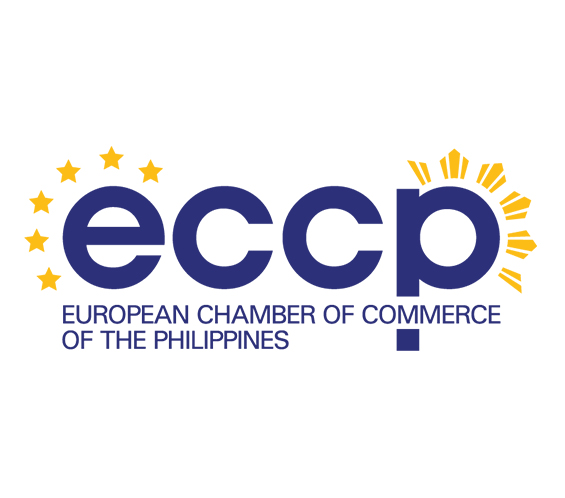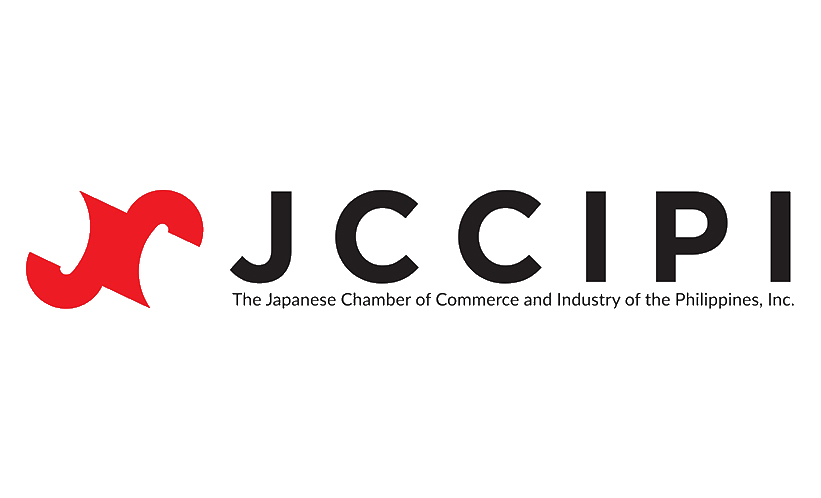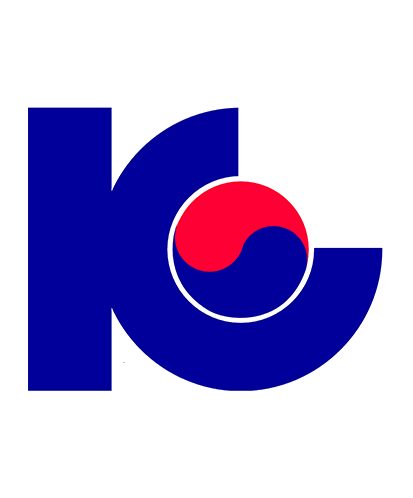Filipinos have long been highly competitive in the world job market, yet perceptions of the Philippine investment climate have eroded in all major rankings of international competitiveness.
This has been a decade of expansion for international competitiveness rankings. More and more have appeared, with increasing coverage, literally from Afghanistan to Zimbabwe. The increasing number of international rankings has been stimulated by the globalization of investment, trade, and information. Companies moving manufacturing or business processing operations offshore want to know how potential locations rank. Multilateral banks see ratings as a tool to measure effectiveness of their development assistance and have created a measure – “Doing Business” – intended to help countries improve business efficiency by measuring red tape and other business costs. Anti-corruption advocates in Europe founded Transparency International in the belief of measuring perceptions of corruption would prod countries that rank poorly to be less corrupt.
Arangkada Philippines 2010 summarizes 17 ratings appearing in recent years including: 29
- AmCham Singapore, Regional Business Outlook Survey
- Forbes Magazine, Best Countries for Business
- Foreign Policy Magazine/Fund for Peace Organization, Failed States Index
- Heritage Foundation/Wall Street Journal, Index of Economic Freedom
- International Institute for Management Development, World Competitiveness Yearbook
- Property Rights Alliance, International Property Rights Index
- Transparency International, Corruption Perceptions Index
- United Nations Development Programme, Human Development Report
- UN Public Administration Network, E-governance Readiness Survey
- World Bank
- Doing Business
- Investing Across Borders
- Paying Taxes (with PricewaterhouseCoopers)
- Worldwide Governance Indicators
- World Economic Forum
- Global Competitiveness Report
- Global Enabling Trade Report
- Travel and Tourism Competitiveness Report
- Yale University and Columbia University, Environmental Performance Index
The figures throughout Part 2 show the percentile rankings of the ASEAN-6 countries. Aside from the overall rank of the Philippines among all the countries surveyed, its performance among the ASEAN-6 is highlighted in the text as well as its strength and weaknesses among selected sub-categories of each survey.30 Percentile rankings are used because they show the place of the Philippines in relation to other competing economies in a consistent fashion and better than simple numerical rankings. The population of countries included in major surveys changes from year to year, usually increasing as survey coverage grows. By the ranking method the Philippines could actually become more competitive when its ranking falls if more countries are included. Percentile rankings are a better guide when measuring trends in Philippine competitiveness.
Footnotes
- A recent rating of the Philippines (not included) is the 2010 State of the World’s Mothers report in which the Philippines fell from 42nd to 48th position of 77 less developed countries. The survey rates maternal and child health care.[Top]
- In each survey, the ranking of the Philippines is compared with its ASEAN neighbors Indonesia, Malaysia, Singapore, Thailand, and Vietnam.[Top]






















